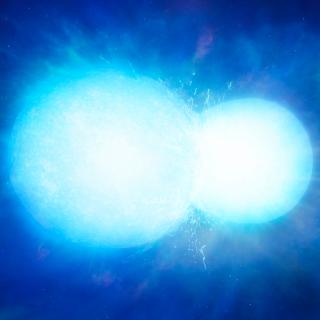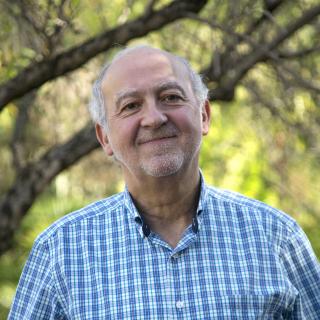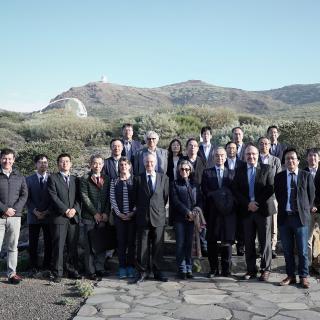
On March 9th we can see the second “supermoon” of this year, and the last full moon of winter in the northern hemisphere. With the collaboration of the EELabs project, coordinated by the Instituto de Astrofísica de Canarias, sky-live.tv will broadcast live, from the Teide Observatory, the rise of the “supermoon” which will be aligned in the evening with the shadow of the volcano.
Advertised on




